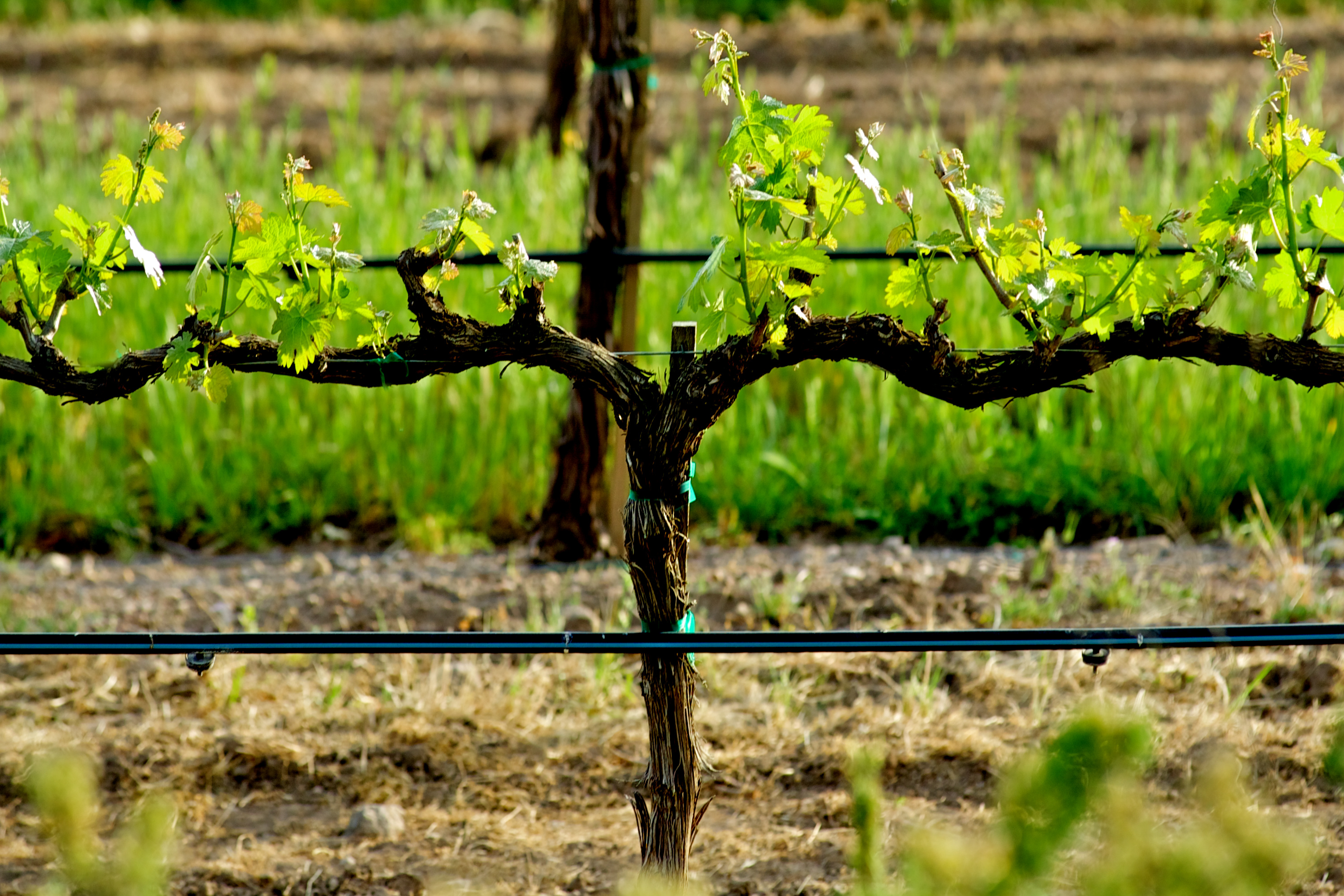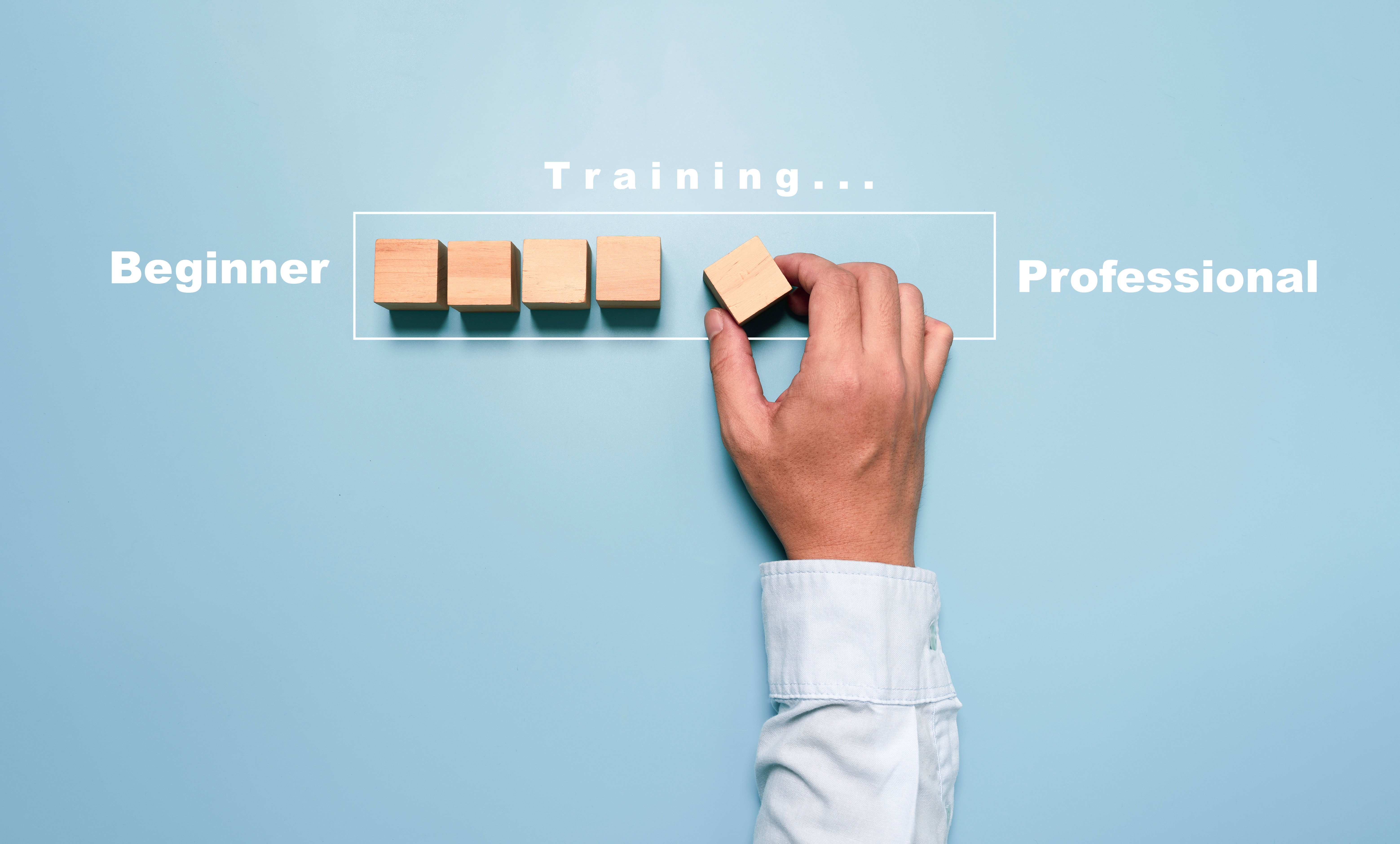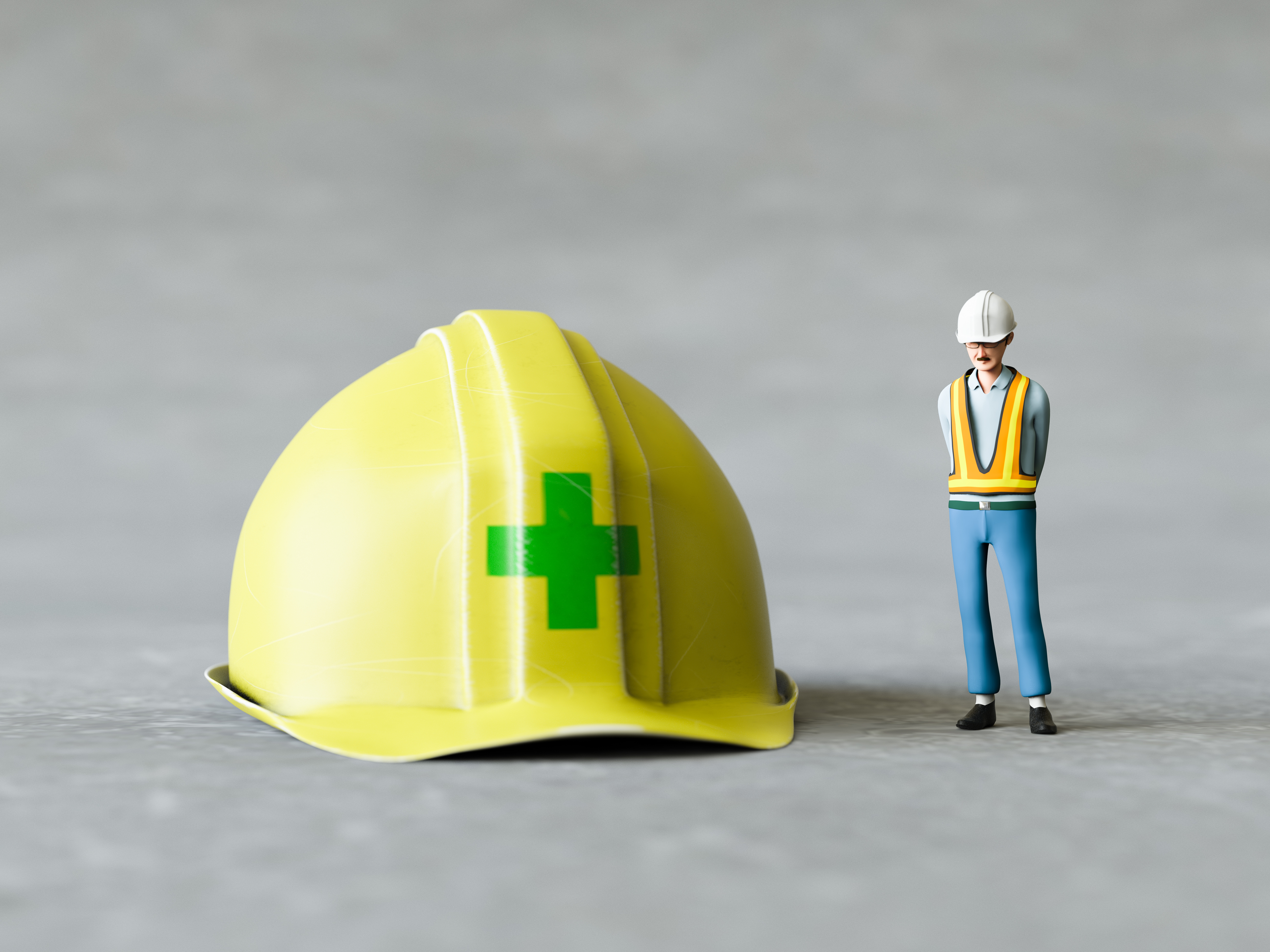Why is pruning a key practice in viticulture?
It helps control the plant’s vigor, guide its growth, and above all, regulate grape production—both in quantity and quality.
Depending on the wine-growing region, grape variety, and production goals (still wine, sparkling, organic, natural, etc.), pruning techniques vary: single or double Guyot, Royat cordon, goblet, and many others. Each follows a different logic and requires careful adaptation to the environment, the age of the vine, and the upcoming vintage.
“A wrong move today can compromise an entire harvest tomorrow.”
Pruning is also one of the very first technical gestures a student in viticulture learns—yet it’s also one of the hardest to master. It requires:
-
A precise reading of the wood (one-year-old wood, spurs, buds),
-
The ability to anticipate (how will the plant react?),
-
Biological understanding (how does sap flow? how can wood diseases be avoided?).
Why this is a training challenge:
-
Mistakes only become visible at flowering or harvest—often too late to fix.
-
Oral and visual transmission is difficult, especially when experienced staff is lacking.
-
Time is limited: the pruning period is short, between leaf fall and budburst.
📌 Key takeaway: Poor pruning has a real cost.
❌ A poorly pruned vine can:
-
Reduce yield by up to 30% the following year.
-
Promote the spread of trunk diseases (like Esca or Eutypa dieback), which account for 15% of vine mortality in France annually.
On a 10-hectare vineyard, the economic losses linked to poor pruning can amount to tens of thousands of euros per year.
The current limitations of viticulture training
Effectively training for vine pruning is now a real challenge for the wine industry.
Despite the crucial importance of this practice, current training programs struggle to meet the growing demand for skilled labor.
A training approach highly dependent on fieldwork
Vine pruning has traditionally been passed down in the field, among the rows, through direct contact with the vines. This is a strength… but also a logistical limitation:

- Training is seasonal (from November to March), which concentrates the demand for both instructors and available vines.
- Weather conditions can disrupt sessions—rain, frost, snow, or fog make learning more difficult.
- Learners have little room for error: a wrong move on a real vine has real consequences.
A slow and costly learning process
- It takes several seasons to master the subtleties of pruning, depending on grape varieties, training systems, and trunk diseases.
- Individual training time is limited: an instructor can only effectively supervise a small number of trainees at once.
- Initial productivity is low: a beginner is on average 3 to 4 times slower than an experienced pruner.
Few opportunities for repetition
Unlike other technical professions, trainees can’t “practice” as much as they’d like:- Once a vine is pruned, they have to wait until the next year to try again
- This makes it very difficult to correct mistakes or train in varied situations.
Declining appeal
- Younger generations are sometimes reluctant to enter physically demanding jobs, exposed to the elements, with little room for error.
- Even vineyard owners are often hesitant to delegate pruning tasks to seasonal workers or beginners due to a lack of trust in their training.

Virtual Reality: A Transformative Tool for Viticulture Training
Faced with the limitations of field training, seasonal constraints, and the difficulty of repeating key gestures, virtual reality (VR) emerges as an innovative solution to professionalize vine pruning more quickly and effectively.
Reproducing the gesture without risking mistakes
With VR, learners can:
-
Practice pruning in a realistic virtual environment where each vine is modeled in 3D.
-
Repeat essential movements as many times as needed without ever damaging a real vine.
-
Visualize in real time the impact of their decisions: correct cutting zones, flagged errors, and possible alternative approaches.
Learning becomes active, stress-free, and 100% focused on progression.
Accelerating skill development
A VR simulator enables:
-
Multiplying practical cases within hours (different pruning types, grape varieties, wood conditions...).
-
Providing immediate feedback—something impossible to replicate as precisely in the field.
-
Individualizing training: each learner progresses at their own pace and can review sequences they have not yet mastered.
💡 One hour of VR practice is equivalent to several hours in the field in terms of the variety of situations encountered.
Learning to see the vine differently
VR training goes beyond just “cutting” to also:
-
Reading the vine: recognizing one-year-old wood, anticipating growth.
-
Understanding sap flow, the impact of pruning wounds, and disease risks.
-
Visualizing in 3D what is invisible to the naked eye in the vineyard.
VR transforms learning into an immersive, sensory experience, far more engaging than a traditional lecture or a single demonstration.
A tool to reinforce—not replace—field training
VR does not aim to replace instructors or real practice but to:
-
Prepare learners beforehand so they arrive in the vineyard already familiar with the gestures.
-
Free up time in the field for fine-tuning corrections rather than basic explanations.




